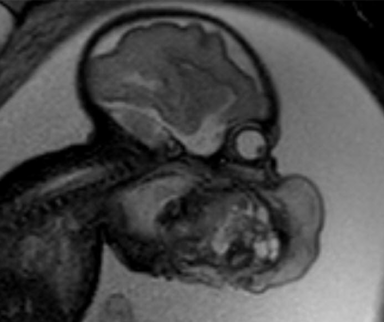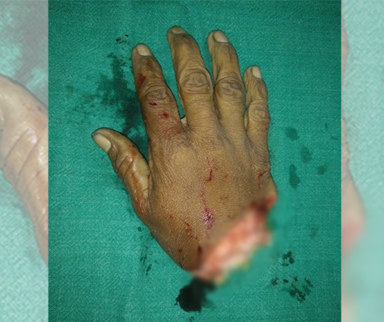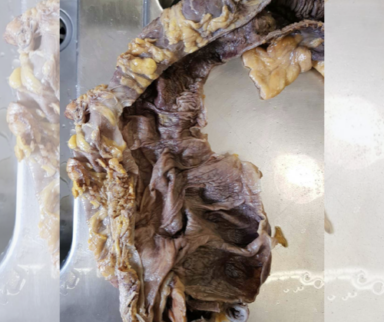
At a recent rheumatology conference, one abstract and plenary stood out that I wanted to discuss since many rheumatologists may not be familiar with it yet: chimeric antigen receptor (CAR-T) therapies.
Why Doesn’t CAR-T End in Uximab?
When I share my enthusiasm for CAR-T, responses from rheumatologists have fallen somewhere between “Huh?” and “Isn’t that for cancer?” Most of us “came of age” in a time when this therapy did not exist, as it was first approved by the Food and Drug Administration (FDA) in 2017 as a therapy for hematologic malignancies.
The general goal of CAR-T is to create T cells (the “T” in CAR-T) that express chimeric antigen receptors (the “CAR” in CAR-T), which allows them to recognize and destroy whichever cells express the antigen of interest. This has obvious applications in malignancy, and CAR-T therapies are already being used for a host of liquid tumors and are rapidly moving into the solid-tumor space.
Hopping on the Bandwagon
Rheumatologists also like to selectively destroy specific cells. Somewhat predictably, we entered the CAR-T space by flogging our least favorite immune cell: B cells. Published in Nature Medicine, investigators treated five patients with refractory systemic lupus erythematosus (SLE) with CAR-T directed against CD-19 B cells. After receiving CAR-T, circulating B cells became unmeasurable, SLEDAI-2K scores dropped to 0 (i.e., low disease activity), hypercomplementemia and proteinuria both resolved, and dsDNA antibodies became unmeasurable.
This is impressive, but I am not entirely sold. First, contrary to popular opinion, B cells are a mediocre target in SLE, as evidenced by the general failure of a few clinical trials as well as the general mediocrity of belimumab. It seems implausible to me that attacking B cells alone would be so magical, which brings me to my second concern; all patients received lymphodepleting chemotherapy (fludarabine and a gram of cyclophosphamide) as part of the CAR-T infusion. Could that have brought about the benefit? And finally, this was a case series of five patients, which lacked a comparator group. Put this on the shelf pending more data, better data, and data with a more plausible target.
A Generally (and Selectively) Better Idea
This brings me to my most potentially revolutionary abstract of the conference, which evaluated CAR-T directed against anti-beta 2 glycoprotein 1 expressing B cells in antiphospholipid antibody syndrome (APLS). This is a much more plausible role for CAR-T, because patients with beta-2 glycoprotein APLS 1) have a specific antibody driving pathology, which is created by 2) a specific subset of B cells that 3) are often refractory to conventional therapies. Moreover, targeting the CAR-T therapy to a subset of B cells has the added benefit of not-destroying thousands of innocent and infection-preventing B cells.
This may not be arriving in your clinic anytime soon, but it has the potential to finally provide rheumatologists with the surgical precision we need to stop immunity in its tracks while minimizing infection risk.
Closing Points
The pretty picture painted by these reports should be tempered by the expense of CAR-T and the (also immune drive) adverse events that have also been observed in CAR-T therapies, including cytokine release syndrome in up to 10% of patients. In theory, selective CAR-T as described here should have a much lower incidence of such complications, but this remains to be proven in a clinical setting. Garden-variety APLS, hydroxychloroquine responsive SLE, and other manageable rheumatic diseases may never be an appropriate target for CAR-T.
- CAR-T will be some time in coming to your clinic, but tertiary centers may offer it in the next few years.
- Appropriate patients will likely be those who are refractory to conventional therapies and who have recognizable-antibody driven diseases.
- The side effects of this therapy should be taken into consideration, including cytokine release syndrome.

By Mike Putman, MD, MSci
Rheumatologist, and Medical Director of the Vasculitis Program at the Medical College of Wisconsin
Published November 21, 2022
The Differential: Rheumatology
Get more great content like this directly in your inbox by signing up for our email newsletter, The Differential: Rheumatology, edited by Dr. Anisha Dua and Dr. Mike Putnam.


